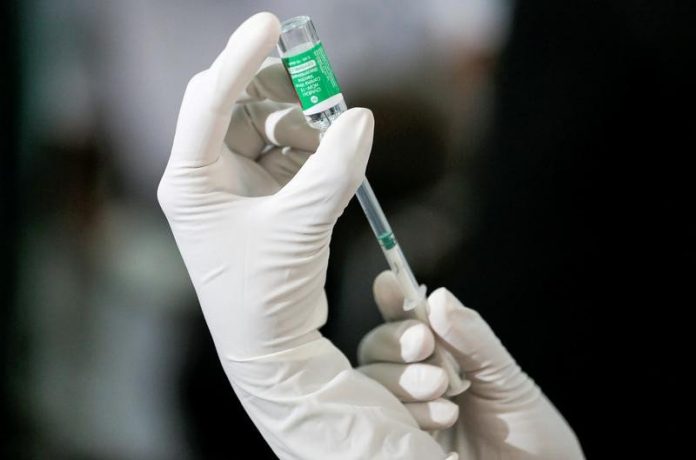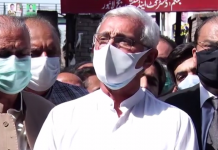ISLAMABAD: The much-expected vaccine supply under the World Health Organisation’s COVAX programme launched, with the opening batch, comprising 1.23 million doses of Oxford-AstraZeneca shots, reaching the Pakistan Saturday, the National Command and Operation Centre (NCOC) told.
The NCOC, the integrated government struggle against the pandemic, also stated in an announcement that out of the 3.5 million SinoVac doses, a consignment of 1 million shots would reach the country on Sunday (today), while a further batch of 1 million doses would reach among May 13-15.
The government is obtaining vaccine to increase the nationwide vaccination drive, which begun in the first week of February. So far, 10.19 million doses of various vaccines – Sinopharm, SinoVac and CanSino – have been obtained from China.
Pakistan was meant to receive 17 million jabs of Oxford’s AstraZeneca vaccine under the COVAX program in March, which was ceased by a prohibition on the trade of vaccines by neighbouring India.
In March, officials had stated that the country had ordered for a total 30 million jabs.
Through a media briefing at the vaccine hand-over ceremony, Special Assistant to Prime Minister on Health Dr Faisal Sultan embraced the advent Oxford-AstraZeneca Covid-19 vaccines from the COVAX provision.
“The consignment of 1,238,400 doses of vaccines, which will be followed by another of 1,236,000 in a few days, will support the government of Pakistan’s ongoing historic drive to bring the pandemic to an end, Dr Sultan, the de fact health minister, informed the ceremony.
“In this unprecedented crisis, we appreciate COVAX and GAVI’s Gavi’s [Global Alliance for Vaccines and Immunisation] contribution to the collective effort to fight Covid-19 in Pakistan. The goal of the COVAX facility is to supply Pakistan with enough doses to vaccinate 20% of the population.”
Dr Sultan advised every person above the age of 40 to register and get vaccinated so “we can continue our mission to immunise our fellow citizens… Very soon, we will be able to expand the campaign to other age groups and demographics”.
WHO Representative in Pakistan, Dr Palitha Gunarathna Mahipala, United Nations Children’s Emergency Fund (Unicef) Representative Aida Girma, GAVI Senior Country Manager for Pakistan Alexa Reynolds and European Union Ambassador to Pakistan Androulla Kaminara, British High Commissioner Dr Christian Turner, US Embassy Chargé d’affaires Angela Aggeler and German Embassy Charge d’Affaires Dr Philipp Deichmann also spoke on the occasion.
The vaccine campaign is one of the main factors of the government’s tactic in the battle against the worldwide pandemic, which has seen more than 4,000 cases every day for past few weeks. On Saturday, the NCOC reported 4,109 fresh cases during the past 24 hours.
Though, on the back of 4,957 people making a complete recovery from the infection, the number of active cases dropped a bit to 82,731. Among them, the NCOC told, 5,411 patients were admitted to 638 hospitals around the country, stocked with Covid-19 facilities, including 638 on ventilators.
The NCOC exclaimed that 120 people, of them 110 in hospitals, including 56 on ventilators, deceased during the last 24 hours. It added that the most of the deaths, 60, occurred in Punjab, followed by 25 in Khyber Pakhtunkhwa. The countrywide death toll stood at 18,797.
As of Saturday, the country’s caseload of the virus, since it broke out in February last year, stood at 854,240, including 752,712 revivals. A total of 12,149,935 coronavirus tests have been performed so far, including 48,103 tests on Friday.
According to the NCOC, the maximum ventilators were occupied in four major regions – Lahore 64%, Multan 70%, Gujranwala 62% and Peshawar 46%. The maximum oxygen beds were occupied in four major zones of Gujranwala 59%, Swabi 54%, Peshawar 58% and Multan 62%.



















